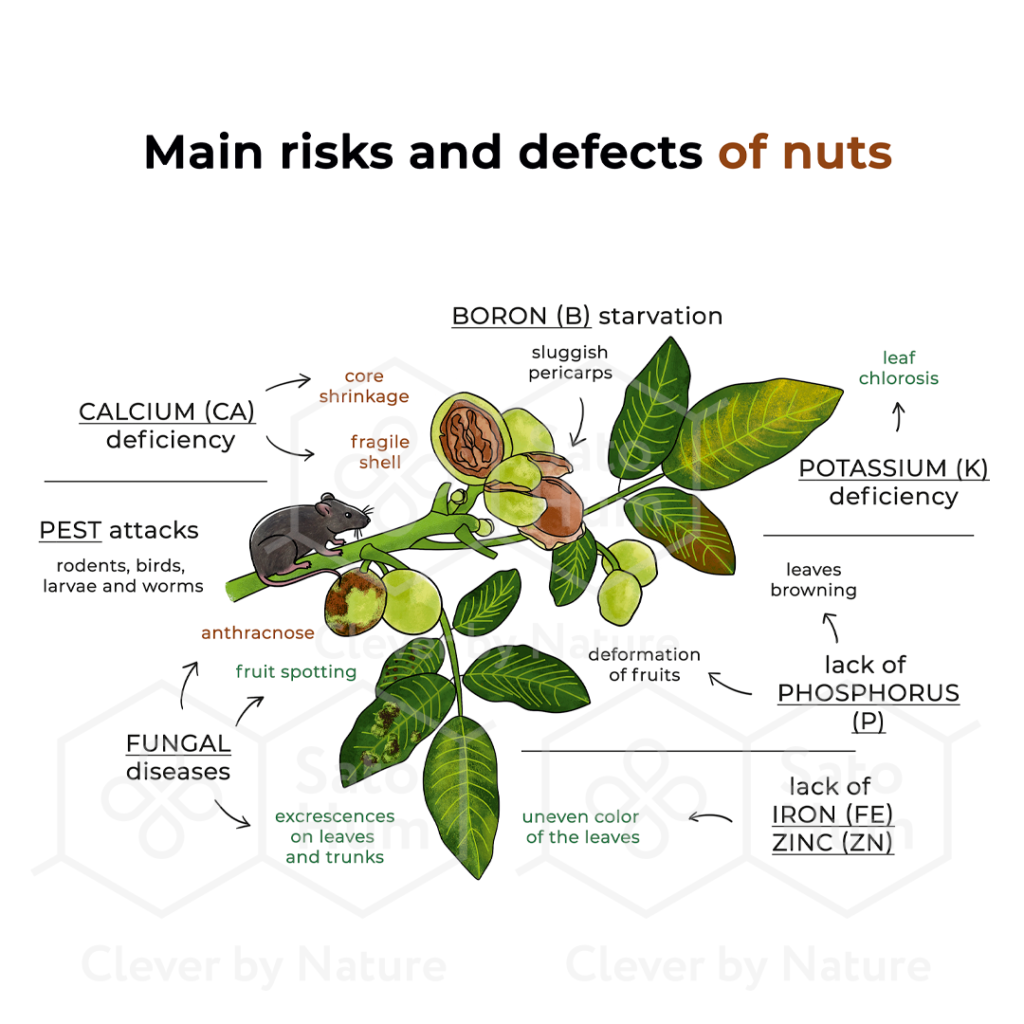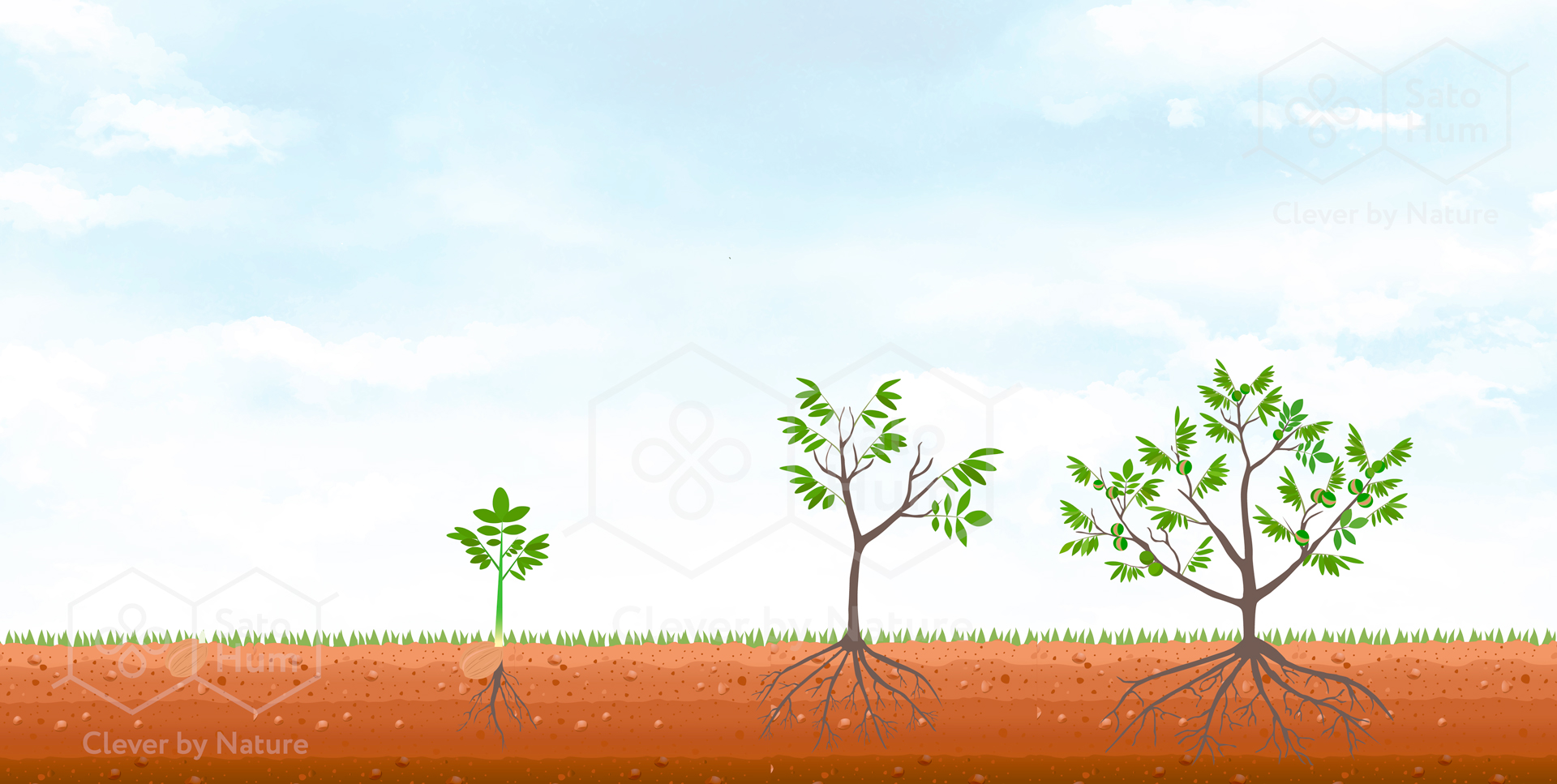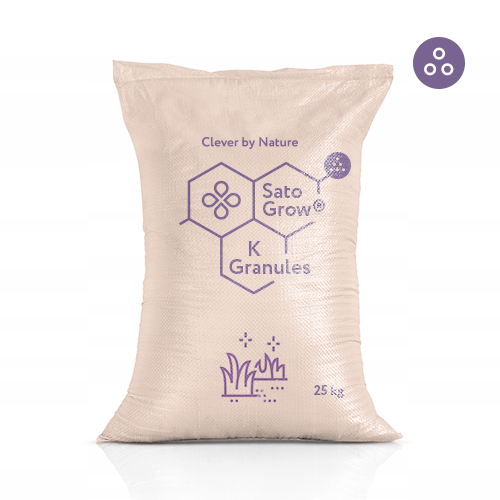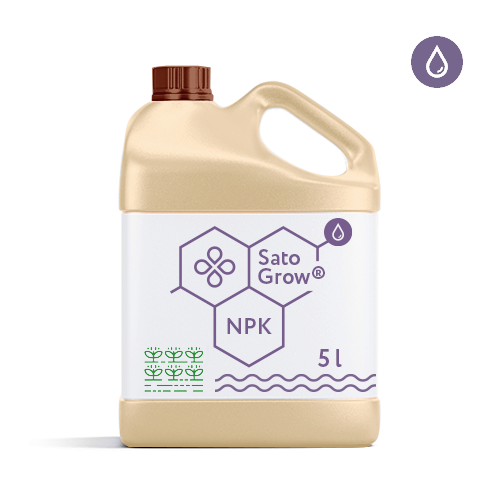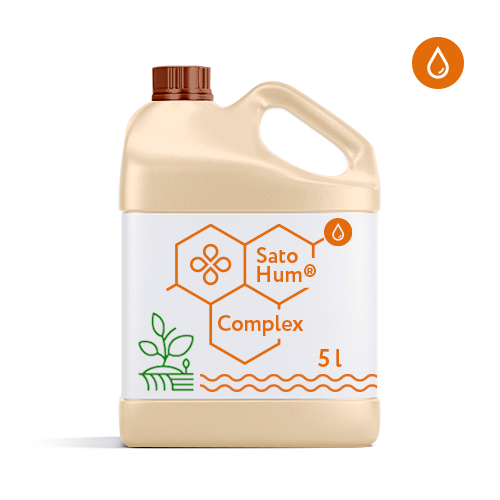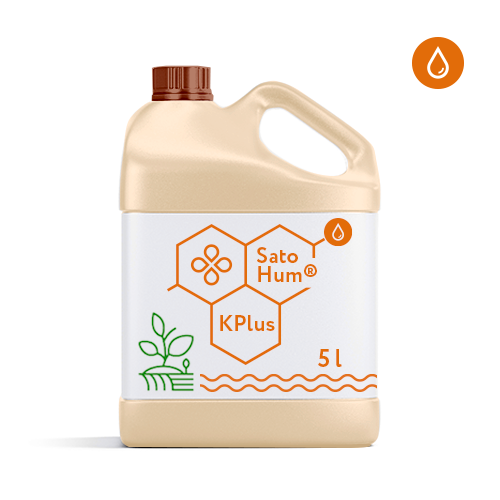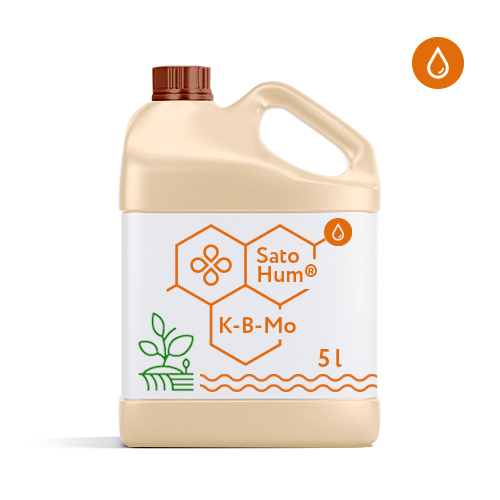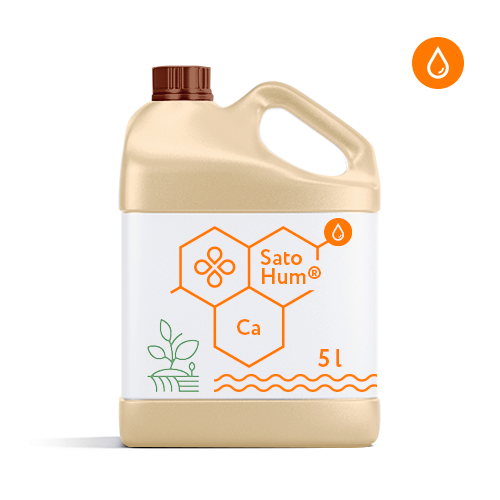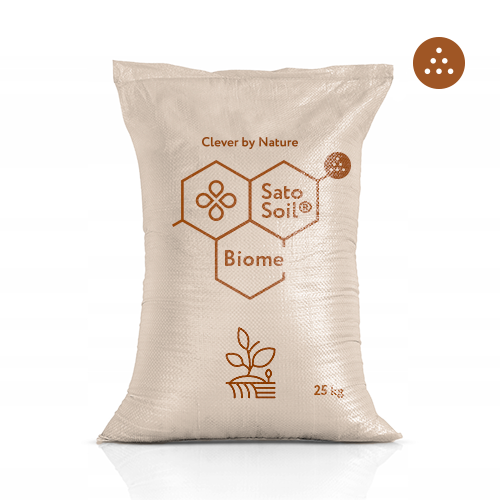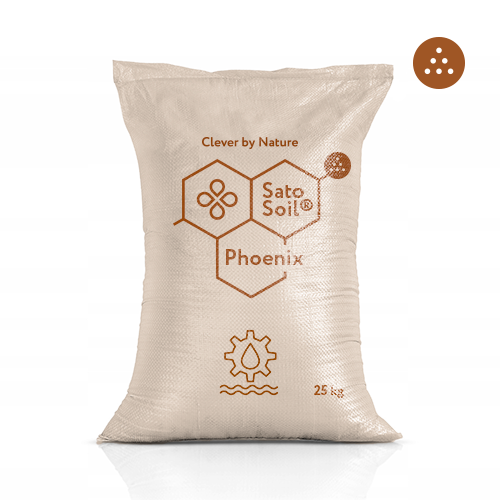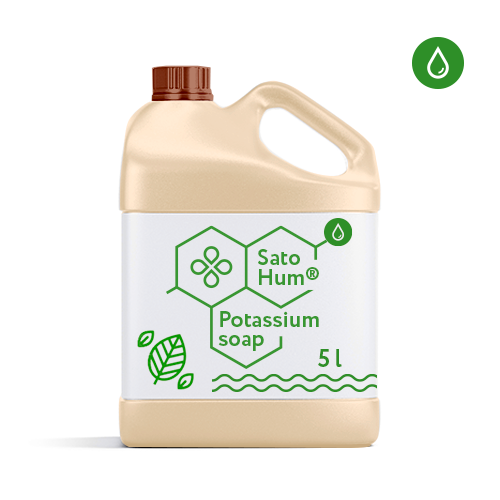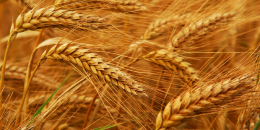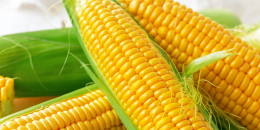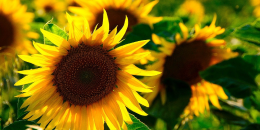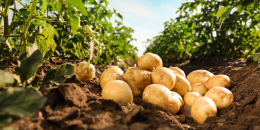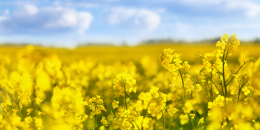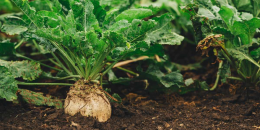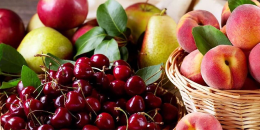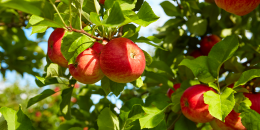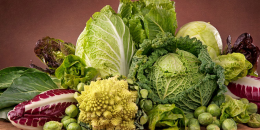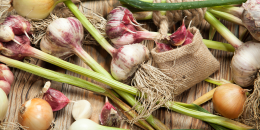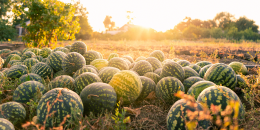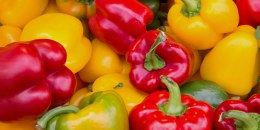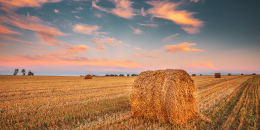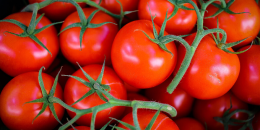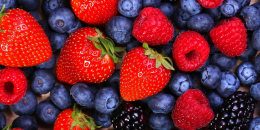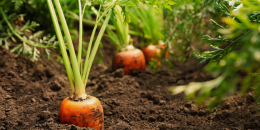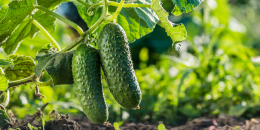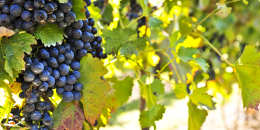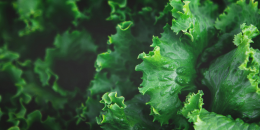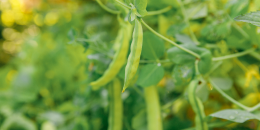The cultivation of nut crops is especially common in warm regions, since nuts are warm and light-loving plants, although they are cold-resistant, they don’t tolerate frost and strong cold winds.
Nuts
Traditionally, nuts grow in arid regions. Intensive nut farming is practiced in the USA and in Spain.
The main growing regions of walnut, almond, hazelnut and pistachio are California in the USA and Andalusia, Aragon, Valencian Community, Castilla-la-Mancha, Catalonia, and Murcia in Spain.
More exotic nuts are cultivated in Latin America and Southeast Asia.
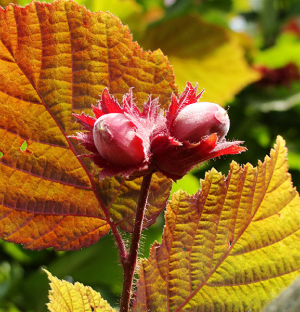
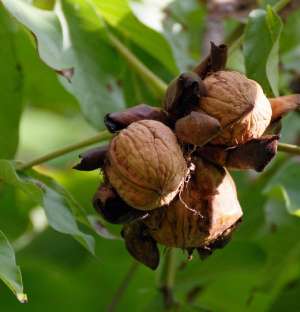
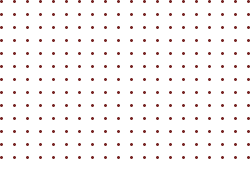
Intensive nut farming requires rootstocks grown in nurseries and varietal saplings, or grafting is performed by cuttings on a mature tree, not necessarily nut.
Nuts begin to bear fruit late, at the age of 3 to 8 years, but keep fruiting for a long time, up to 100 years or more. When laying nut plantations, the application of SatoSoil® conditioner is recommended to improve the looseness and buffering of the fertile layer and prevent suffocation of the saplings roots. In old nut orchards, SatoSoil® conditioners are used to improve the agrophysical properties of the soil and to correct soil acidity.
To maintain saplings and rootstocks in mother nurseries, root top dressing with organo-mineral biostimulants of the SatoGrow® line is recommended.
Foliar plant protection is performed by sprinkling with Sato® Seeds liquid dressing formulation, which has bactericidal and fungicidal properties, or SatoHum® Potassium soap, which successfully fights aphids, caterpillars and fungi.
Liquid plant nutrition with humic and fulvic acids SatoHum® cope with the deficiency of macro and micronutrients in nut trees.
The cultivation of nut crops is especially common in warm regions, since nuts are warm and light-loving plants, although they are cold-resistant, they don’t tolerate frost and strong cold winds.
Traditionally, nuts grow in arid regions. Intensive nut farming is practiced in the USA and in Spain.
The main growing regions of walnut, almond, hazelnut and pistachio are California in the USA and Andalusia, Aragon, Valencian Community, Castilla-la-Mancha, Catalonia, and Murcia in Spain.
More exotic nuts are cultivated in Latin America and Southeast Asia.



Intensive nut farming requires rootstocks grown in nurseries and varietal saplings, or grafting is performed by cuttings on a mature tree, not necessarily nut.
Nuts begin to bear fruit late, at the age of 3 to 8 years, but keep fruiting for a long time, up to 100 years or more. When laying nut plantations, the application of SatoSoil® conditioner is recommended to improve the looseness and buffering of the fertile layer and prevent suffocation of the saplings roots. In old nut orchards, SatoSoil® conditioners are used to improve the agrophysical properties of the soil and to correct soil acidity.
To maintain saplings and rootstocks in mother nurseries, root top dressing with organo-mineral biostimulants of the SatoGrow® line is recommended.
Foliar plant protection is performed by sprinkling with Sato® Seeds liquid dressing formulation, which has bactericidal and fungicidal properties, or SatoHum® Potassium soap, which successfully fights aphids, caterpillars and fungi.
Liquid plant nutrition with humic and fulvic acids SatoHum® cope with the deficiency of macro and micronutrients in nut trees.
| SOILS | VEGETATION BEGINNING | GROWTH | HARVEST | ||
| SatoSoil® Biome
Maintenance of fertile layer Immunization of gardening plantations Post-harvest fertilization Raising cold hardiness Deep incorporation or mulching 0,5 – 1 kg/tree SatoSoil® pHoenix Replanting of gardens Correction of saline and acidic soils Deep incorporation 0,6 – 1,2 kg/m² SatoHum® K or SatoGrow® NPK/ SatoGrow® N Watering the soil improver 2 – 6 ml/10 l of water
|
SatoGrow® K Granules or
SatoGrow® NPK Granules Top dressing of nursery gardens Beginning of the growing cycle Biostimulation of growth 30 – 75 g/tree SatoHum® K Plus Supplemental potassium feeding Increasing plant immunity Soaking the roots of seedlings 10 ml/10 l of water Watering 0,1 – 0,3 l/ha SatoHum® K or SatoGrow® NPK/ SatoGrow® N Granulate activation 2 – 6 ml/10 l of water |
SatoHum® Complex
Bud development Flowering Ovary No more than 3 applications/cycle: 0,1 – 0,3 l/ha SatoHum® Potassium soap Pest and disease control 30 – 40 ml/10 l of water SatoHum® Pure In organic farming, it’s used in any non-root irrigation no more than 3 times per growing cycle 15 – 20 ml/10 l of water |
SatoHum® Ca
Fruit ripening 0,3 l/ha SatoHum® K-B-Mo Correction of nutritional deficiencies 0,3 l/ha
|
SatoHum® Ca
Mass gain of nuts 0,3 l/ha
|
|
WARNING: 4 Sato® Steps is a comprehensive crop care system that provides the basic crop needs for the main 12 macro, meso and micronutrients for an optimal growing cycle and unlocking the potential of each crop.
General recommendation for fruit bushes and trees: Perennial fruit crops (both shrubs and trees) vary in age, branching, and total crown area. Given that all these plants are perennial, there is no risk of removal of humic or fulvic acids with the end of the season, because all surplus goes into the root system and continues to nourish the tree or bush for the next season, so the dosage for fruit trees and shrubs is calculated per tree/bush.
SOILS: The need for macronutrients in fruit trees changes with their age and varies over the vegetative and generative organs of the plant, since there is no same removal of nutrients as in annual crops. Both SatoSoil® Soil improvers and SatoGrow® Biostimulants are introduced into the trunk circle for precise feeding of the tree/bush. In the autumn application, it’s recommended to introduce the maximum dose, in the spring – the minimum one. For irrigation, it’s recommended to activate granulates (soil improvers or biostimulants) with SatoHum® liquid formulations and SatoGrow® liquid organo-mineral biostimulants.
VEGETATION BEGINNING: Treatment of saplings, bushes and flowers of fruit crops with Sato® Seeds or SatoHum® K compounds is compatible with treatment by classical protectants without reducing the rates of their application, and helps to increase shoots viability and ovary development.
GROWTH: Our SatoHum® solutions have a guaranteed composition with high content of humic and fulvic acids with amino acids of plant origin. It’s not recommended to exceed the total dose of SatoHum® liquid formulations over 5 l/ha/season, starting from the germination and budding phase. If SatoHum® Potassium soap is used for prophylactic purposes, it is recommended to apply the minimum dose. If treatment is carried out to fight active pathogens/parasites, the dose indicated in the product card for the specific pest shall be applied.
HARVEST: Simultaneous fertilization with several SatoHum® products is not expected. It’s not recommended to exceed the specified application rates. For single, not systemic application of SatoHum® products, the maximum dosage of the product is recommended.
